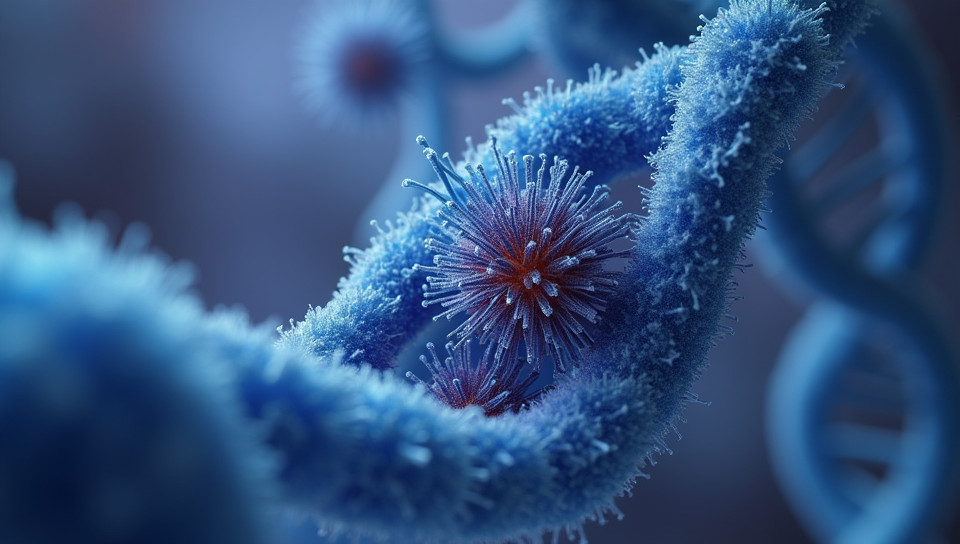Scientists use CRISPR for genome alterations 74%

Unlocking the Secrets of Life: Scientists Use CRISPR for Genome Alterations
Imagine being able to edit the blueprint of life itself, correcting genetic defects and unlocking new possibilities for human health. This is precisely what scientists are doing with CRISPR (Clustered Regularly Interspaced Short Palindromic Repeats), a powerful tool that allows them to manipulate the genome with unprecedented precision.
What is CRISPR?
CRISPR is a natural defense mechanism found in bacteria that has been harnessed by scientists to edit genes with ease. It works by using a small piece of RNA (guide RNA) to locate a specific sequence of DNA and then cutting it at that point, allowing researchers to make precise changes to the genome.
How Does CRISPR Work?
- Cutting: The guide RNA locates the target gene and guides an enzyme called Cas9 to cut the DNA at that site.
- Editing: Researchers can then introduce new genetic material, such as a healthy copy of a gene, or edit existing genes by adding or removing nucleotides.
- Repairing: The cell's natural repair machinery kicks in, allowing researchers to study how the genome is repaired and edited.
Applications of CRISPR
CRISPR has numerous applications in various fields, including:
- Gene therapy: Correcting genetic defects that cause inherited diseases
- Cancer treatment: Silencing genes that promote cancer growth
- Agriculture: Developing crops with improved yields and resistance to disease
- Synthetic biology: Designing new biological pathways for biofuel production and other applications
Ethical Considerations
As CRISPR technology advances, so do the ethical considerations surrounding its use. Questions arise about germline editing, gene editing in humans, and the potential for unintended consequences.
Conclusion
The development of CRISPR has revolutionized our ability to edit the genome with unprecedented precision. As scientists continue to push the boundaries of this technology, we are poised on the cusp of a new era in genetics and biotechnology. The possibilities are vast, but so too are the challenges. It is up to us as a society to ensure that CRISPR is used responsibly and for the betterment of humanity.
- Created by: Ömer Asaf Özkan
- Created at: Jan. 13, 2025, 4:55 p.m.
- ID: 17790









